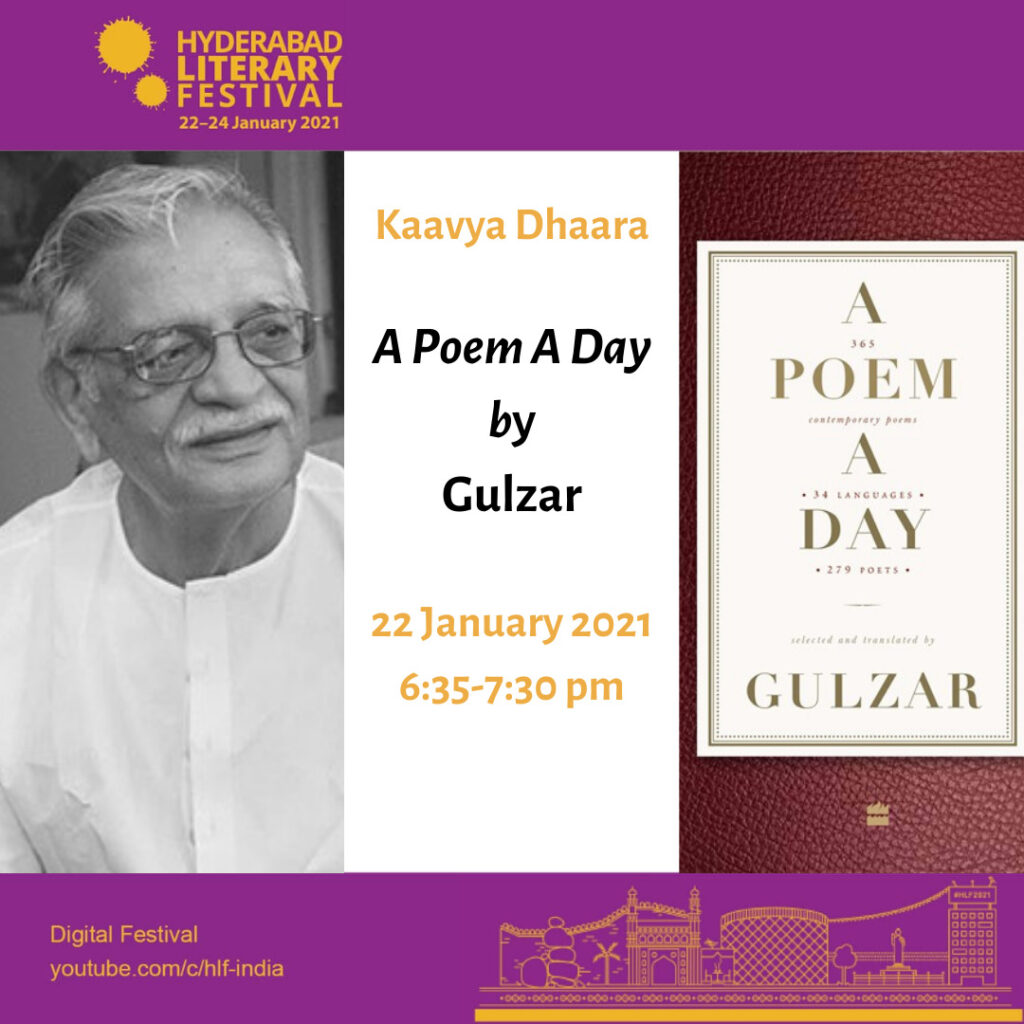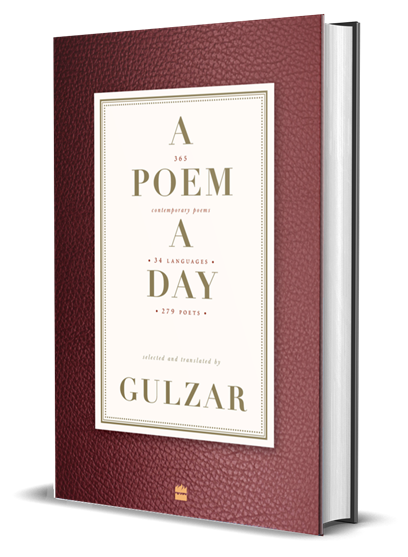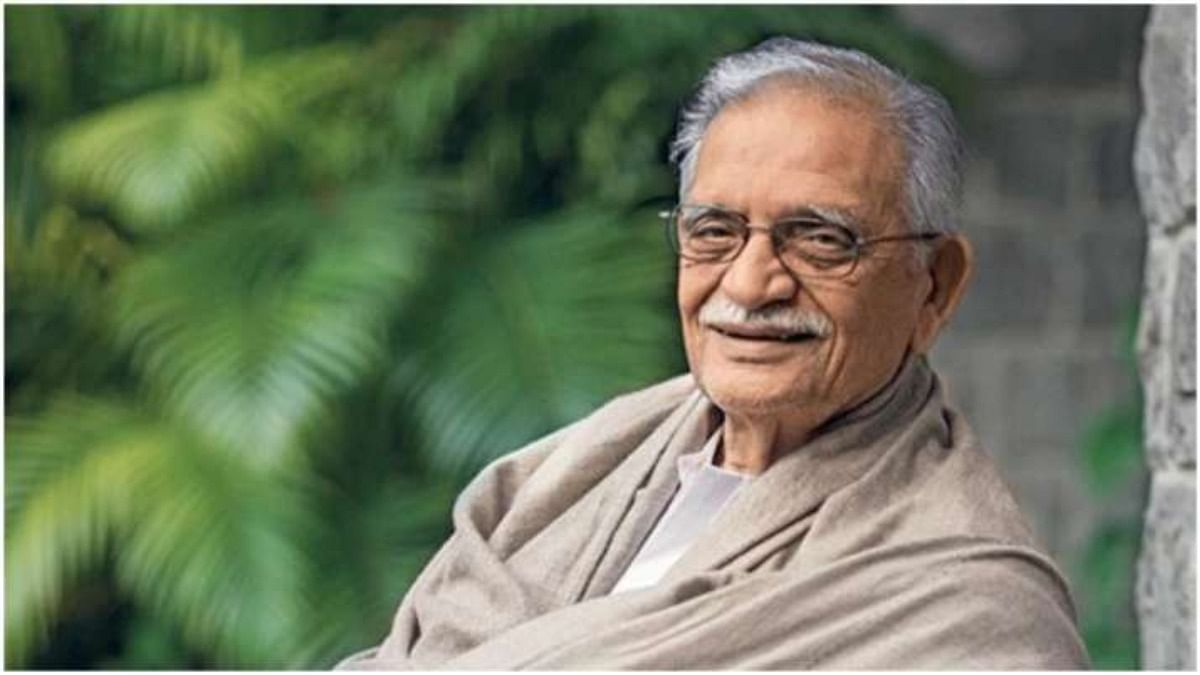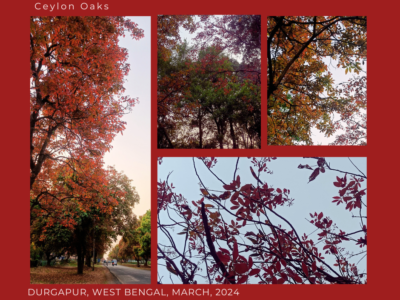Gulzar will be inaugurating the Hyderabad Literary Festival on January 22, Friday at 6pm followed by a session – ‘A Poem a Day’ his recently published, exhaustive volume that showcases translations of 365 memorable poems – a poem for every day of the year written over the seven decades since Independence by some of the leading poets of the Indian Subcontinent – originally written by some 279 poets in 34 Indian languages (including Hindi, Urdu and English)

“Every Hindustani has grown with music and poetry in his life, ” says poet, lyricist and filmmaker Gulzar during an interview he gave few years ago when he launched his translations of Tagore’s poetry. It was during the same interview he announced the magnum volume – ‘A Poem a Day’.
Excerpts from an earlier interview on Indian languages and Hindustani
“Hindustani is the language spoken by you and me, it is the language that has reached the entire country, thanks to the Hindi movies. It is the language that connects India.” – Gulzar
The connection remains in Indian languages because they are culturally bonded together. How much ever you try, you will not be able to recreate the Indian ambiance in English translation. If I am reading Sachidanandan in English, he tries to explain the idioms, and the meaning comes through, but I miss the feel. But, if I read it in Hindi, I automatically understand it
Hindustani, which Gulzar refers to as the link language, is neither Urdu nor Hindi, he says. “It is the language spoken by you and me, it is the language that has reached the entire country, thanks to the Hindi movies. It is the language that connects India.” Evidently, Gulzar’s translation of Tagore’s poetry is beautiful, laden with the cultural ethos, familial bonds, beauty of changing seasons, best expressed in mellifluous Hindustani – I have tried to recreate the feel of Tagore’s writing in the best possible way, shares Gulzar, who took over five years to complete the translations. And, one wonders if the various shades of the poetry can be recreated in English at all. In fact, Tagore has ruthlessly abridged his English translations and deviated from the original where ever it pleased him. “Of course, there was no one to question him. Moreover, he was a creative man and when he was doing the translation, some thought would have crossed his mind, which he promptly put down. No poet can translate his own work,” explains Gulzar.
He agrees that it is only Indian language that can best translate the feel of any other Indian language. “The connection remains in Indian languages because they are culturally bonded together. How much ever you try, you will not be able to recreate Indian ambience in English translation. If I am reading Sachidanandan in English, he tries to explain the idioms, and the meaning comes through, but I miss the feel. But, if I read it in Hindi, I automatically understand it. When we translate in Indian language the entire ambience and culture comes along.” Gulzar was extremely cautious in recreating the essence of Tagore’s original work in Bengali. He would go back and forth reflecting upon the previous poems, checking at every stage, and hence took a long time to translate. He explains, “It is important to understand the premise, the life of the poet and his works to understand his poetry in its entirety.”
Mahatma Gandhi once asked Tagore to spin yarn and said that if he spins the charkha, the entire Bengal would do it along with him, to which, Tagore replied – Bapu, I cannot spin the wheel, I will waste a lot of your cotton, all I can spin is poetry – and he sent him this poem – ‘Sacrifice’. (Tagore’s English Translation of ‘Sacrifice’) ‘O Mother, the young prince did pass by our door, and the morning sun flashed from his chariot. I swept aside the veil from my face, I tore the ruby chain from my neck and flung it in his path. Why do you look at me amazed, mother? I know well he did not pick up my chain; I know it was crushed under his wheels leaving a red stain upon the dust, And no one knows what my gift was not to whom. But the young prince did pass by our door, and I flung the jewel from my breast before his path. “Now if you know this background, you will know the answer he gave to Gandhi. He says – I know that there won’t be any sign of what I gave, nobody would even notice and the prince will go away – but whatever I had, I gave it away. Tagore was referring to the chariot of the independence movement, which is passing swiftly forward. And people gave away whatever they had, some gave their jewellery, some their valuables, and one youngster threw himself in front of the chariot, for that was all he had. If you know the reference and know his life, you will understand the poem better,” he explains.
My cultural roots and upbringing made me a poet. Every Hindustani has grown with music and poetry in his life. Be it the mother who sings a lori (lullaby) at bedtime, a bhajan during pooja, or a Sanskrit chant, or the milkman singing along the way – there is a metre, rhythm and poetry that you grow with; some of which you just listen, and understand later in life
He shares his poetic influences, “I have imbibed poetry like everyone else in India. I am a Punjabi and Bulle Shah, Fareed, Nanak came to me naturally. I grew up at a time when we were taught in Urdu and I came across poets like Ghalib. My cultural roots and upbringing made me a poet. Every Hindustani has grown with music and poetry in his life. Be it the mother who sings a lori (lullaby) at bedtime, a bhajan during pooja, or a Sanskrit chant, or the milkman singing along the way – there is a metre, rhythm and poetry that you grow with; some of which you just listen, and understand later in life.
“Today, there is vibrant poetry happening in the North, especially North-East in smaller languages like Khasa. And here, we are stuck with our Urdu, Bengali, and Hindi. My next book is going to be a compilation of contemporary poetry
Gulzar on his book of poetry ‘A Poem a Day’

Every Indian knows at least 3-4 languages, as he grows. This is such a secular growth for every Indian. That is why remaining secular is the most important thing. Otherwise, you are ruining your roots.” He rubbishes the claims that there is not much poetry happening nowadays or that language is getting destroyed. “You go to interior India, speak to the villagers of UP, and you will hear such pure Hindustani. This generation too will eventually find their language,” he states. “Today, there is vibrant poetry happening in the North, especially North-East in smaller languages like Khasa. And here, we are stuck with our Urdu, Bengali, and Hindi. My next book is going to be a compilation of contemporary poetry,” he reveals. He has completed the translation of 270 poets in 22 Indian languages and is bringing out the first volume with 365 poems. “One poem per day, in one Indian language or the other!” he states.
By Rajeshwari Kalyanam






